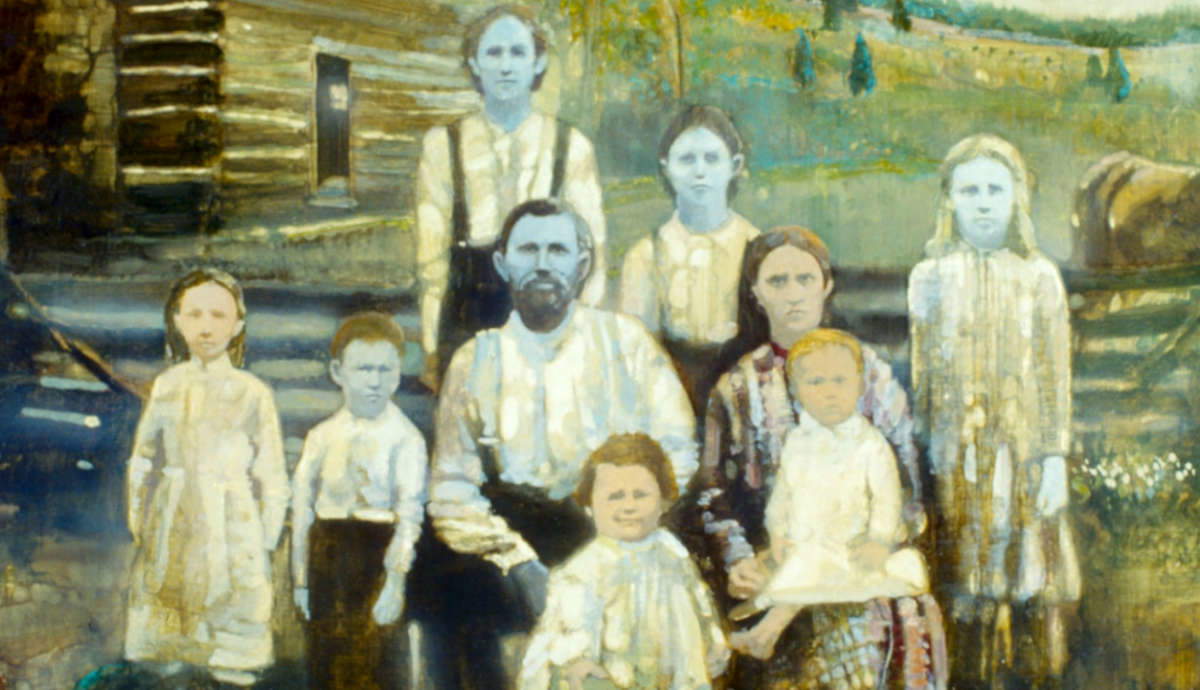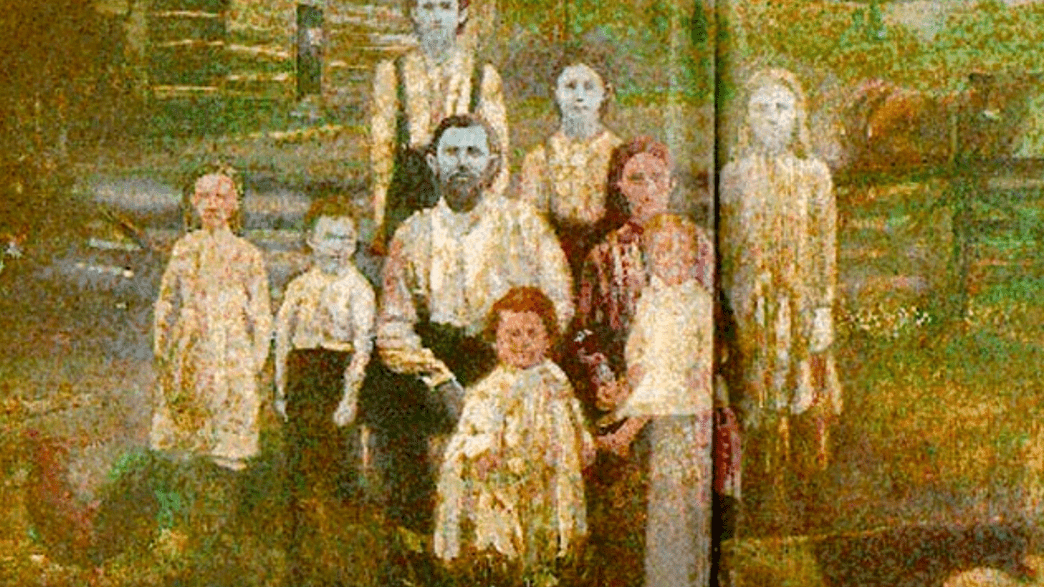Okay so this whole thing started when I was scrolling through some really old medical photos online, just for fun, you know? Stumbled across these pictures of people with blue skin. Like, seriously blue. Not Photoshopped, apparently real folks living way back in the Appalachian Mountains decades ago. It totally blew my mind. I had to know more. Was it a disease? Paint? Hoax? What the heck?
First thing I did was just try to Google it. Typed stuff like "blue skin people kentucky" and "appalachian blue family." Honestly, at first, it felt like hitting a brick wall. Lots of weird sites, some conspiracy-ish stuff, nothing that felt solid. Google kept wanting to show me stuff about blue people in movies or art. Frustrating.
Digging Deeper into the Fugates
Kept digging, though. Eventually, a name popped up repeatedly: the Fugates. This was the family folks kept talking about. Lived way out in the hills of Kentucky, super isolated community around Troublesome Creek. Their story was passed down through generations. Needed to find original sources, not just gossip.

So next I tried:
- Checked online library databases like JSTOR (took me forever to figure out how to use it properly!).
- Looked for old newspaper archives – Kentucky papers from the early 1900s.
- Searched for specific medical journals mentioning "methemoglobinemia" (found that big scary word in my research).
Finally hit paydirt with a couple of key sources:
- An article from 1960 in the journal Clinical Pharmacology & Therapeutics discussing the Fugates specifically.
- A fantastic piece from an old Alumni Magazine interviewing a doctor who actually treated members of the family.
- Historical society records mentioning Martin Fugate settling in the area way back in the early 1800s.
Here's what glued it all together:
- It was in the blood, literally: They had a rare, inherited blood disorder called Methemoglobinemia. Fancy word for blood that doesn't carry oxygen right.
- Blood ain't always red: Normal blood is red because it has hemoglobin carrying oxygen. When you have methemoglobin, your blood is sorta chocolatey-brown. That blue tinge underneath the skin? That's how brown blood looks through pale skin – blue!
- The Family Ties: Martin Fugate came over from France. Turns out he probably carried the recessive gene. He married a woman (Elizabeth Smith) who also probably carried it. Living isolated in the mountains meant a lot of distant cousins marrying cousins later on. When both parents carry the gene, boom – you get methemoglobinemia popping up more often in the kids. That recessive gene got passed around the hollers.
- Silver Lining? Not Really: Another wild nugget? Some folks blamed it on them drinking colloidal silver or making moonshine in silver stills. Sounds plausible, sure, 'cause silver can turn you blue-gray (that's Argyria). But the doctors back in the 1960s nailed it – the blue Fugates tested negative for silver deposits. It was all about the faulty gene messing with the blood.
The "Eureka!" Moment and Beyond
The coolest bit I found was the doctor's story (Dr. Charles H. Behney Jr. and a guy named Dr. Madison Cawein). They figured it out based on some WW2 research on other blood issues. They actually treated the "blue" people they found with a dye called methylene blue. And it worked! They injected it or gave it as pills, and the blue faded away, turning their skin pink again. Imagine seeing that happen – wild!
Learning about the Fugates wasn't just a weird history lesson. It hammered home how powerful isolation and family connections could be back then. A single genetic quirk, tucked away in those deep mountains, became a defining feature for a whole community simply because the gene pool was limited. Made me think about the randomness of genetics and how accidents of geography shape lives.

Honestly, digging this up felt good. Took some persistence, sifting through junk online and finally finding those gems in dusty academic corners. Goes to show, truth is often stranger and way more interesting than fiction. And skin? It turns out it's just the surface.










